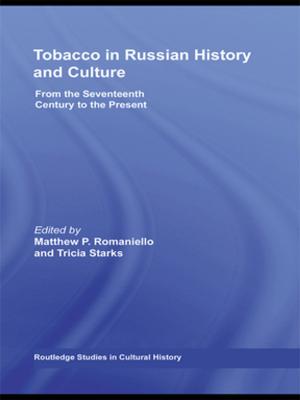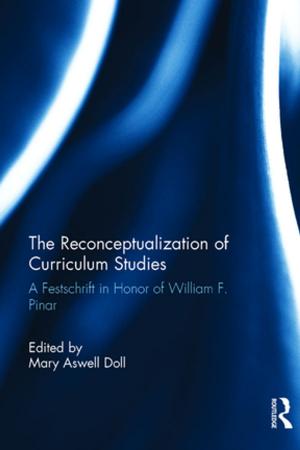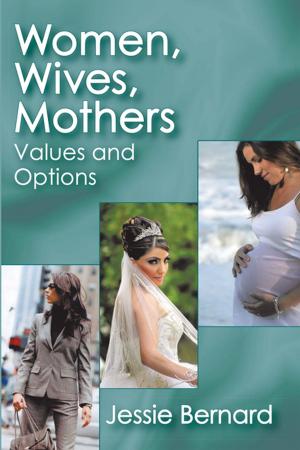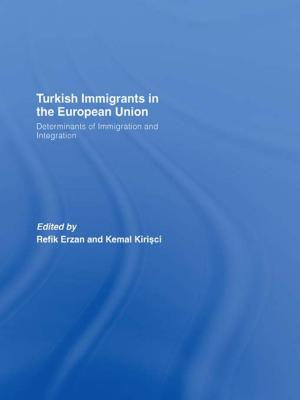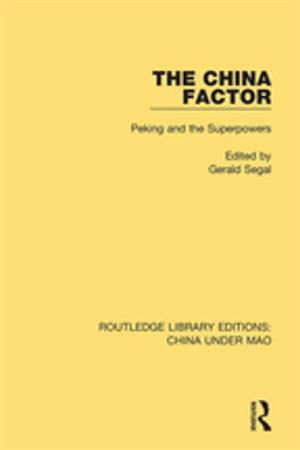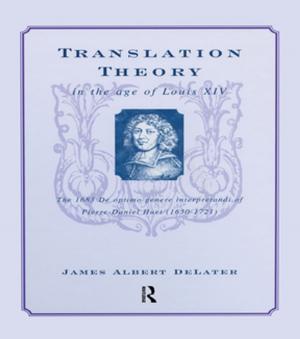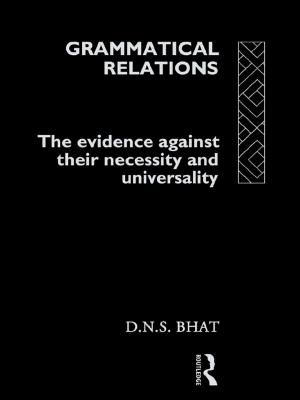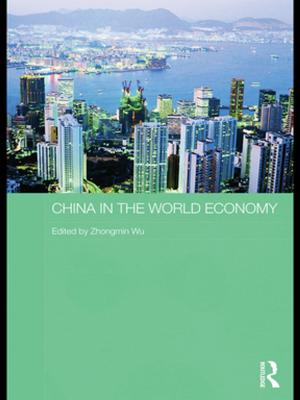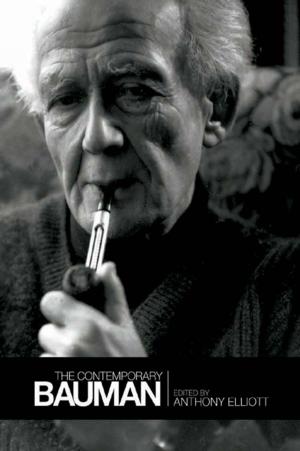Emily Dickinson and Hymn Culture
Tradition and Experience
Fiction & Literature, Literary Theory & Criticism| Author: | Victoria N. Morgan | ISBN: | 9781351940542 |
| Publisher: | Taylor and Francis | Publication: | December 5, 2016 |
| Imprint: | Routledge | Language: | English |
| Author: | Victoria N. Morgan |
| ISBN: | 9781351940542 |
| Publisher: | Taylor and Francis |
| Publication: | December 5, 2016 |
| Imprint: | Routledge |
| Language: | English |
Extending the critical discussion which has focused on the hymns of Isaac Watts as an influence on Emily Dickinson's poetry, this study brings to bear the hymnody of Dickinson's female forbears and contemporaries and considers Isaac Watts's position as a Dissenter for a fuller understanding of Dickinson's engagement with hymn culture. Victoria N. Morgan argues that the emphasis on autonomy in Watts, a quality connected to his position as a Dissenter, and the work of women hymnists, who sought to redefine God in ways more compatible with their own experience, posing a challenge to the hierarchical 'I-Thou' form of address found in traditional hymns, inspired Dickinson's adoption of hymnic forms. As she traces the powerful intersection of tradition and experience in Dickinson's poetry, Morgan shows Dickinson using the modes and motifs of hymn culture to manipulate the space between concept and experience-a space in which Dickinson challenges old ways of thinking and expresses her own innovative ideas on spirituality. Focusing on Dickinson's use of bee imagery and on her notions of religious design, Morgan situates the radical re-visioning of the divine found in Dickinson's 'alternative hymns' in the context of the poet's engagement with a community of hymn writers. In her use of the fluid imagery of flight and community as metaphors for the divine, Dickinson anticipates the ideas of feminist theologians who privilege community over hierarchy.
Extending the critical discussion which has focused on the hymns of Isaac Watts as an influence on Emily Dickinson's poetry, this study brings to bear the hymnody of Dickinson's female forbears and contemporaries and considers Isaac Watts's position as a Dissenter for a fuller understanding of Dickinson's engagement with hymn culture. Victoria N. Morgan argues that the emphasis on autonomy in Watts, a quality connected to his position as a Dissenter, and the work of women hymnists, who sought to redefine God in ways more compatible with their own experience, posing a challenge to the hierarchical 'I-Thou' form of address found in traditional hymns, inspired Dickinson's adoption of hymnic forms. As she traces the powerful intersection of tradition and experience in Dickinson's poetry, Morgan shows Dickinson using the modes and motifs of hymn culture to manipulate the space between concept and experience-a space in which Dickinson challenges old ways of thinking and expresses her own innovative ideas on spirituality. Focusing on Dickinson's use of bee imagery and on her notions of religious design, Morgan situates the radical re-visioning of the divine found in Dickinson's 'alternative hymns' in the context of the poet's engagement with a community of hymn writers. In her use of the fluid imagery of flight and community as metaphors for the divine, Dickinson anticipates the ideas of feminist theologians who privilege community over hierarchy.

